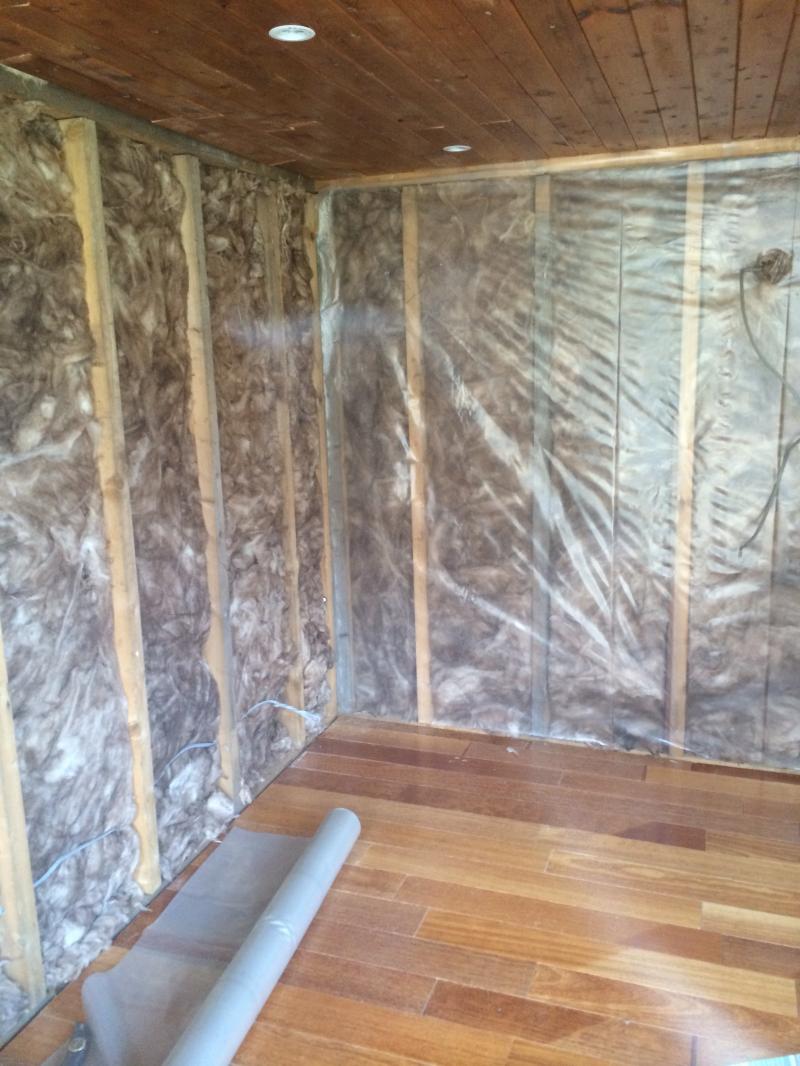Hi all. I'm buying a 10' x 8' T+G wooden shed for the back garden and once built, the shed will sit on top of decking.
I am planning on using this as a games room with arcade machines in. Because of this I need to insulate it really well so I have a few questions to ask if that's ok.
1 What sort of insulation is best to use for this job? I am thinking of 50mm or 25mm Kingspan/Cellotex as while expensive it sounds like the best option after doing some research but I'm open to ideas.
2 The frame in the shed is 50mm x 50mm so if I was to use Kingspan would I be best to use 50mm with plasterboard/ply straight over the top, or would it be best to use 25mm kingspan so I can have an air gap?
3 What is the best way to insulate the floor?
I realise arcade machines in a shed isn't the best idea as they don't like cold and moisture which is why I want to do a good job of insulting it in conjunction with running a dehumidifier and heat when needed.
Thanks in advance for any advice.
I am planning on using this as a games room with arcade machines in. Because of this I need to insulate it really well so I have a few questions to ask if that's ok.
1 What sort of insulation is best to use for this job? I am thinking of 50mm or 25mm Kingspan/Cellotex as while expensive it sounds like the best option after doing some research but I'm open to ideas.
2 The frame in the shed is 50mm x 50mm so if I was to use Kingspan would I be best to use 50mm with plasterboard/ply straight over the top, or would it be best to use 25mm kingspan so I can have an air gap?
3 What is the best way to insulate the floor?
I realise arcade machines in a shed isn't the best idea as they don't like cold and moisture which is why I want to do a good job of insulting it in conjunction with running a dehumidifier and heat when needed.
Thanks in advance for any advice.


